Dark spots, also known as sunspots or age spots, are flat, discolored areas on the skin and can range in colour from light to dark brown. They are a common concern for many people, especially as they age. They can appear anywhere on the body but usually appear on areas of the body that receive the most sun exposure, such as the face, hands, and arms.
While dark spots aren’t harmful, a lot of people choose to remove them because they may feel self-conscious about them. Below, we discuss what causes dark spots, how to prevent them, and how to get rid of them
What causes dark spots?
Dark marks, or pigmentation, are caused by an excess of melanin, the pigment that gives your skin, hair, and eyes their colour. When the skin is exposed to UV rays from the sun, it produces more melanin to protect itself. Dark spots appear when some areas of the skin produce more melanin than usual. The amount of melanin your body produces depends on genetics and how much sun exposure your ancestors got. Someone whose ancestors lived in a cold climate with not much sunlight would not be able to produce as much melanin as someone whose ancestors lived in a hot climate with a lot of exposure to the sun.
Other factors can also contribute to the development of dark spots or sun spots, including:
- Aging: As we age, our skin becomes less efficient at shedding dead skin cells, which can lead to a build-up of melanin.
- Hormonal changes: Hormonal changes, such as those that occur during pregnancy, can cause hyperpigmentation.
- Certain medications: certain kinds of medications like birth control pills can make your skin more sensitive to the sun and increase your chance of developing dark spots.
How to prevent dark spots
Protect yourself from the sun
The best and most effective way to prevent dark spots is to protect your skin from the sun by using a sunscreen of at least SPF 30, wearing protective clothing, and avoiding prolonged sun exposure between 10 am and 4 pm when the sun is strongest. It’s also important to remember to reapply sunscreen at least every 2 hours.
Exfoliate regularly
Exfoliating removes dead skin cells, which can prevent the build-up of melanin. Exfoliating regularly also helps the skin appear brighter. Exfoliation can include using a physical exfoliator like a scrub or an exfoliating sponge or applying a chemical or enzyme peel.
A chemical peel contains acids like alpha hydroxy acids (AHAs) or beta hydroxy acids (BHAs), while an enzyme peel contains natural fruit enzymes. The most common fruit enzymes used are from pineapple, papaya, and pomegranate. These fruit enzymes, called proteolytic enzymes, break down proteins on the outer layer of the skin.
Bear in mind that exfoliating acids can make your skin more sensitive to the sun so it’s essential to use them at night and to apply sunscreen during the day.
Use vitamin C serum
Use a vitamin C serum with a high concentration of the brightening ingredient L-ascorbic acid. Using vitamin C can lighten the skin and help prevent new dark spots from forming by inhibiting melanin production. Additionally, vitamin C is an antioxidant so it also helps to protect the skin from free radical damage.
How to get rid of dark spots on the face
If you have dark spots you’d like to get rid of, there are several ways to do so, including products you can use at home, as well as in-clinic treatments.
Topical treatments
Topical creams or serums containing hydroquinone, kojic acid, and glycolic acid can help to lighten dark spots or hyperpigmentation when applied to the skin.
Chemical peels
As discussed above, chemical peels contain exfoliating acids that remove dead skin cells and built up melanin to lighten and revitalise the skin. We offer three clinical corrective peels which each reach varying levels of the skin to address light to advanced skin concerns.
Laser therapy
During laser therapy, light is emitted which is absorbed by the melanin in your skin cells. The more melanin present in the skin cells, the more light energy from the laser will be absorbed. The dead skin cells are then exfoliated away by moving to the top layer of the skin and flaking off. Laser therapy is like an intense form of skin exfoliation.
Micro needling
During a micro needling procedure at The Skin Nurse, one of our beauty therapists will use a SkinPen device, which is made up of thousands of tiny needles that carry a treatment serum deep into the skin’s layers, increasing collagen production and effectively reducing pigmentation, including melasma.
SkinPen is the only micro-needling device recognised by the Australian Register of Therapeutic Goods and can only be administered by qualified therapists, making the treatment safe and requiring minimal downtime.
Why choose The Skin Nurse
The Skin Nurse is a leading skin clinic in Perth with a team of qualified aestheticians and health care professionals. The team at The Skin Nurse is comprised of registered cosmetic nurses or skin specialists with years of experience dealing with a range of different skin concerns and disorders. We pride ourselves on our expertise and professionalism as we work to restore, rejuvenate and repair the skin.
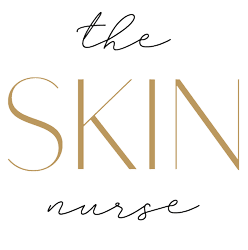


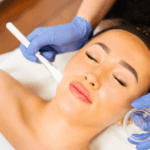



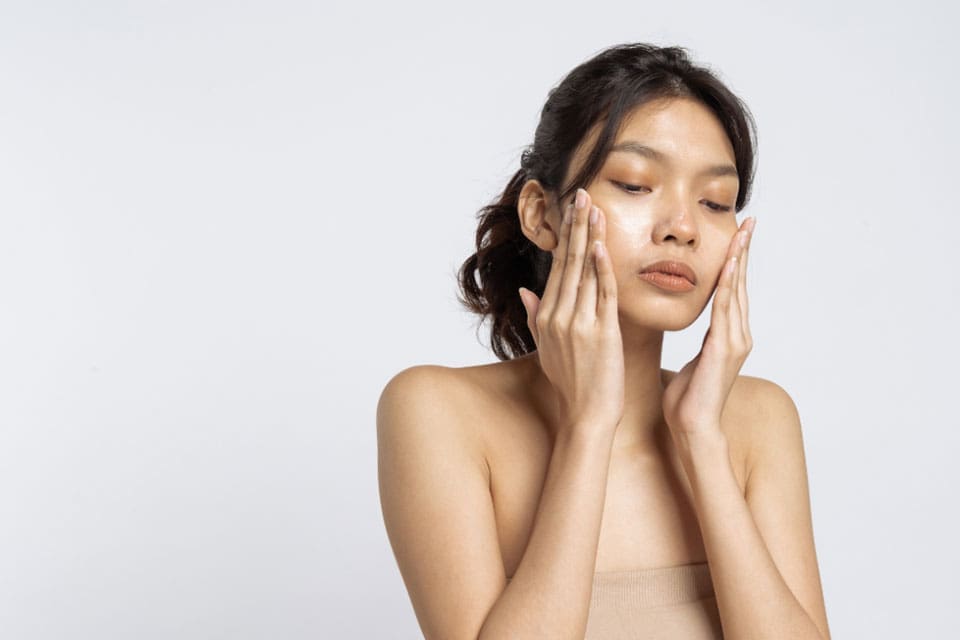
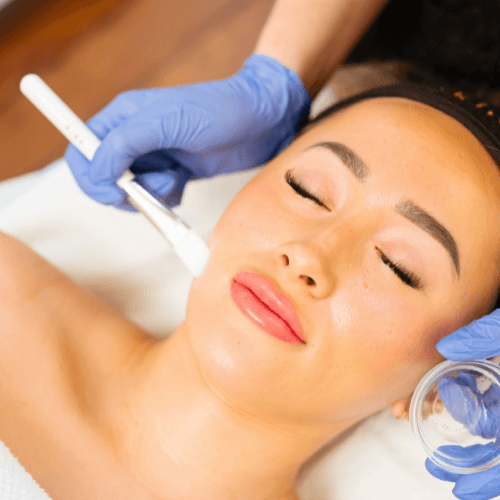


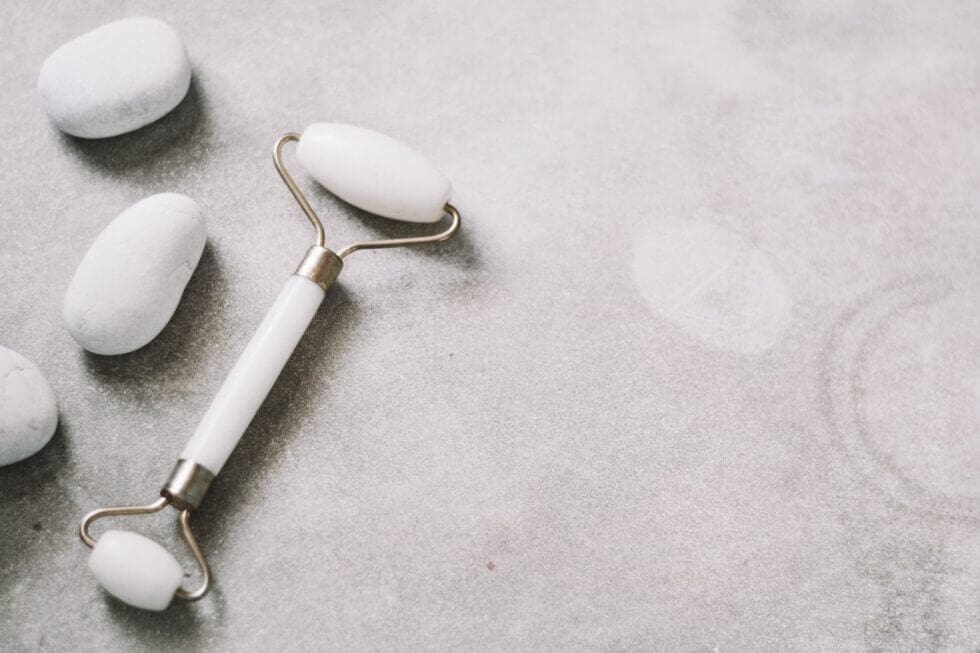


0 Comments